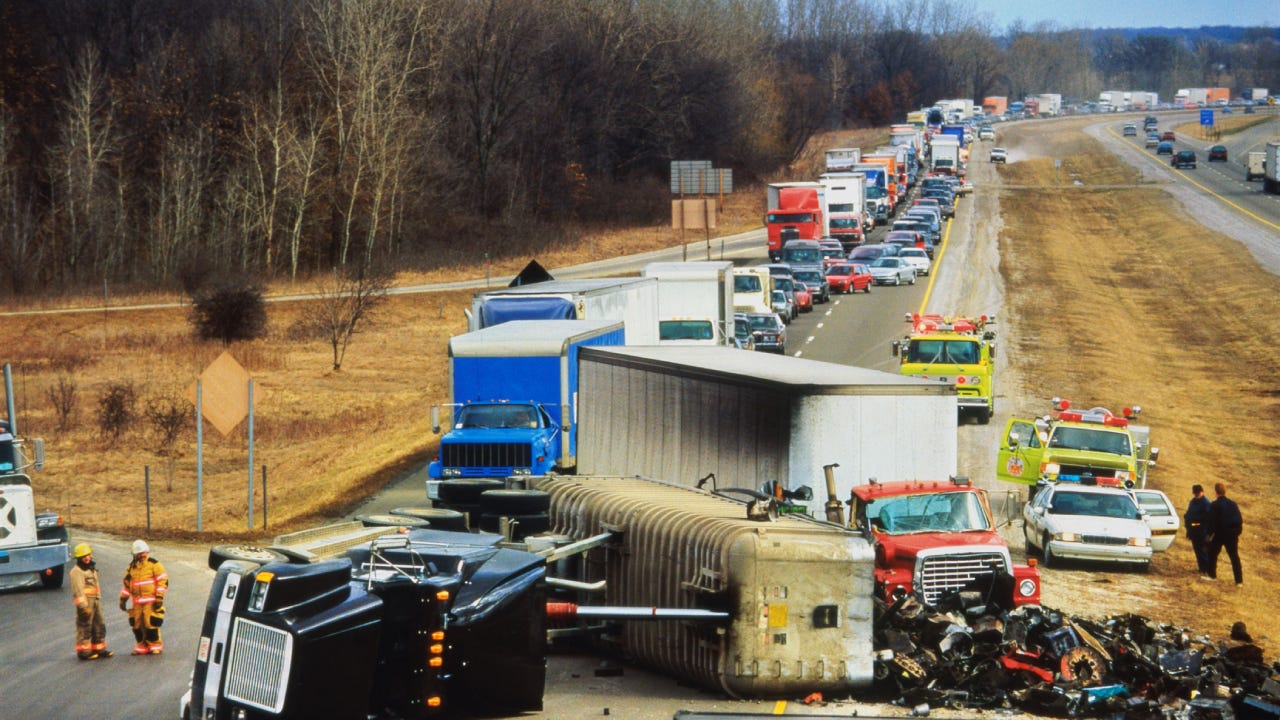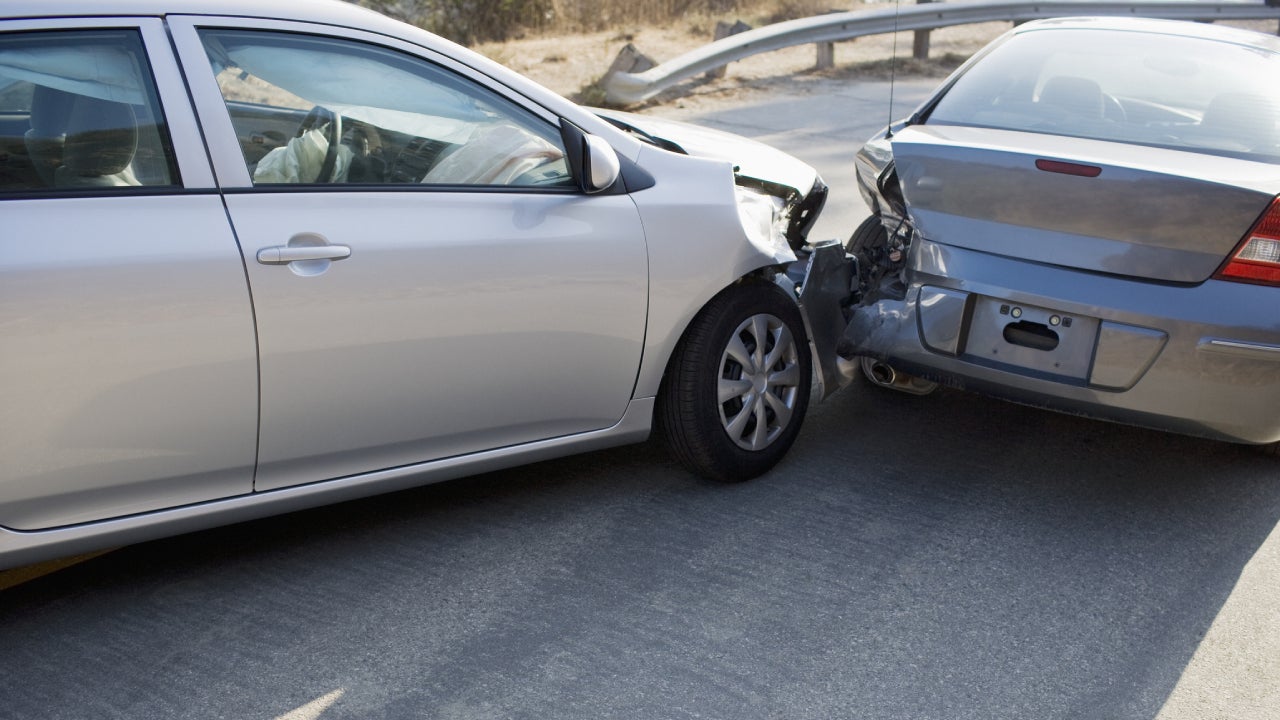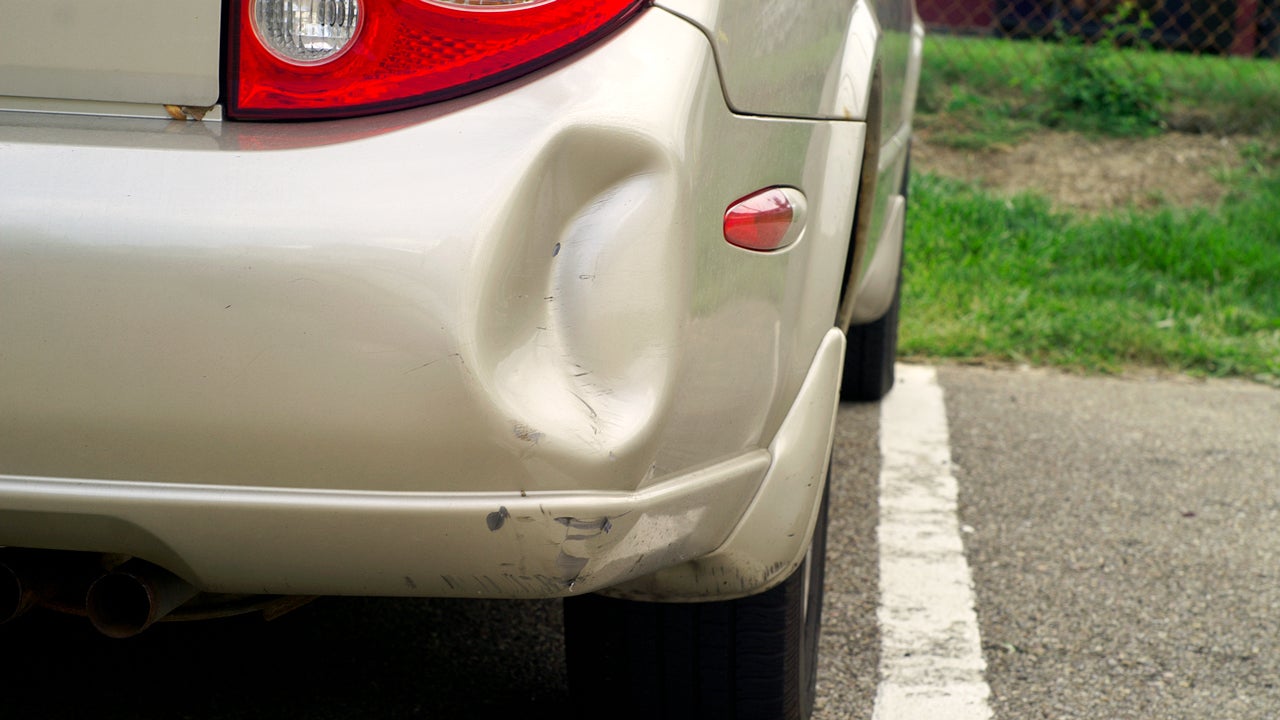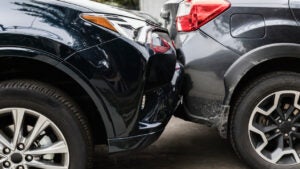How is fault determined in a car accident?

After a car accident, one of the first orders of business is determining fault. Fault refers to who is deemed responsible for causing the incident. Car insurance companies rely on this information to resolve insurance claims and settlements. In some cases, determining fault is straightforward, but it can become complicated depending on the situation and laws in the state. To help you understand the ins and outs, Bankrate’s insurance editorial team explains the different fault determinations.
What is “fault” in an accident?
Fault refers to the party who caused a car accident. In some accidents, fault is easier to assign than in others. For instance, you’re typically at fault if you fail to stop when another driver brakes and you crash into them.
Each state has laws about how fault is determined in a car accident. It’s important for car insurance companies to know who’s at fault so that they can determine which party is responsible for the damages.
Below is a list of accident scenarios and how fault, liability and claims are handled with each one.
- 100% at fault: If a driver is deemed 100 percent at fault in an accident, their insurance company will be responsible for covering damages.
- 51% or more at fault: Sometimes, your percent at fault matters. Some accidents involve two or more partially at-fault drivers. In some states, if one driver is 51 percent or more at fault, that driver will cover 100 percent of the damages. In other states, each driver’s insurance company covers the percentage of damages equal to their percentage of fault. For instance, if one driver is determined to be 30 percent responsible for an auto accident, their insurance company would pay 30 percent of the damages.
- 50/50 fault: If it’s too difficult to determine fault, particularly if no witnesses saw the accident take place, some insurance companies will decide to split the costs equally between the two drivers. Some states may not allow this.
Ways to determine fault
Determining fault can be difficult, especially if no witnesses were present. Typically, the stakeholders involved in determining fault are the drivers involved, the police and the drivers’ insurance companies.
Involved drivers
The drivers involved in a car accident may decide who is at fault at the scene of the incident. Drivers may accuse each other of causing the accident and in some cases, a driver admits guilt. If you admit fault, you may have to shoulder financial responsibility for the incident. If you’re attempting to prove your innocence, it helps to take pictures of the accident and get contact information from witnesses. You’ll also want to exchange insurance information with the other driver and make notes about what happened while waiting for the police to arrive.
Police report
After an incident, the police will analyze the scene and take statements to try to understand who is at fault in the accident. They may make a diagram of the incident and note the extent and location of vehicle damage on the police report. Police can be instrumental in determining whether additional factors such as driving under the influence or texting and driving were involved in an accident. Car insurance companies will read the accident report after it is filed.
Insurance companies
Your car insurance company will decide which claims they fulfill and which they do not. If the other party involved is the at-fault driver, your insurance company will seek a payout from that driver’s insurance provider.
When fault cannot be determined
In some cases, fault cannot be determined by the drivers, police or insurance companies. In these cases, you have a few options. Some drivers choose to use arbitration, which is a means of settling fault without going to court. A neutral arbiter is chosen to decide the percentage of fault each driver has.
Other drivers may decide to file a lawsuit and go to small claims court to seek payout for damages. Keep in mind that in the states of Alabama, Maryland, North Carolina, Virginia and Washington, D.C., drivers who are even 1 percent at fault may not be able to recover damages from another driver over a car accident. In most other states, you may be able to sue the other driver for a certain amount of fault, but you could also be made to pay your portion of damages.
Jury verdict
If the involved drivers can’t agree on fault and disagree with the insurance company’s decisions, a driver might take the issue to court. Because this is a costly and time-consuming way to determine fault, it’s not common for cases to go to court. However, if a driver lives in a state that allows them to sue the other driver, they can bring the case before a court for a jury to make the ultimate decision of who is at fault. The jury can look at witness testimony, video or photos of the accident and even the professional opinions of accident reconstruction experts.
What is a no-fault car accident?
In the dozen or so states with mandatory no-fault car insurance laws, fault is not the central factor in determining who pays for the damages that result from a car accident. In a no-fault car accident, individuals submit their claims to their own insurance companies and receive compensation for certain financial losses relating to their car accident injuries.
As long as you have the required insurance, you can recover medical expenses, lost income and other financial losses up to your no-fault policy limits. But “pain and suffering” and other “general” damages are not available in a no-fault claim.
You can still sue for compensation for your injuries when the injury limits of your no-fault insurance policy have been reached. You may also bring a claim against the other driver in certain circumstances.
No-fault car insurance is mandatory in around a dozen states and is available as an add-on in every other state. Generally, it is more expensive than standard car insurance and will raise your premiums, but it could help save you money in case of an accident.
What are no-fault states?
In no-fault states, drivers can use their personal injury protection (PIP) to help pay for their injuries or those of any passengers in their vehicle, regardless of fault. Note that drivers in no-fault states also carry liability coverage and are liable for medical and vehicle damage that they cause to the other party. If a driver is guilty of causing an auto accident in a no-fault state, their liability coverage would pay for the other driver’s damages.
You may want to reference this list to see if you live in a no-fault state:
- Florida
- Hawaii
- Kansas
- Kentucky
- Massachusetts
- Michigan
- Minnesota
- New Jersey
- New York
- North Dakota
- Pennsylvania
- Utah
When it comes to car insurance, a state is classified as either a no-fault state or a tort state.
In no-fault states, PIP pays out to cover your injuries after an accident regardless of fault. However, one or more drivers may still be responsible for covering property damage, and in several states, if certain conditions are met, you may be able to sue the at-fault driver for injury expenses.
In tort states, if you aren’t at-fault in an accident, you can choose to either wait for bodily injury liability from the other driver or use your own medical payments coverage.
Frequently asked questions
Why we ask for feedback Your feedback helps us improve our content and services. It takes less than a minute to complete.
Your responses are anonymous and will only be used for improving our website.
You may also like

What does no-fault state mean?

What is bodily injury liability insurance?

How long do you have to report a car accident?



